Unmanned (All Services)
-
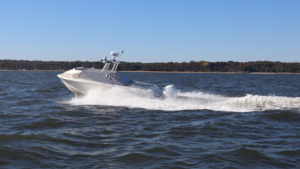 Navy/USMC
Navy/USMCTextron Sells U.S. Navy One Tsunami USV For AUKUS Testing
Textron Systems [TXT] on Wednesday announced it sold a single 21-foot version of its new Tsunami unmanned surface vessel (USV) to a U.S. Navy warfare center to participate in an […]
Tagged in: -
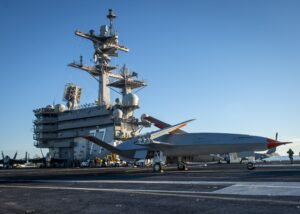 Unmanned Systems
Unmanned SystemsFirst MQ-25 Flight Test Pushed To Early 2026
The Navy and Boeing [BA] have pushed back the initial flight test of the first MQ-25A Stingray aircraft carrier-based tanker aircraft into early 2026. The government-industry team insisted they are […]
Tagged in: -
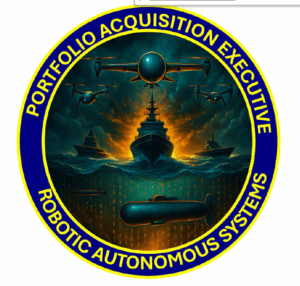 Navy/USMC
Navy/USMCNavy’s New Unmanned Acquisition Office Set To Absorb 66 Programs Across All Domains
The Navy’s plans for the Portfolio Acquisition Executive Robotic Autonomous System (PAE RAS) office will have it absorb 66 unmanned system programs across six current Program Executive Offices and 18 […]
Tagged in: -
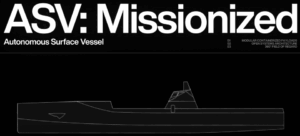 Uncategorized
UncategorizedAnduril Partners With HD Hyundai To Develop Navy MASC Bid, Family of USVs
Anduril Industries and South Korea’s HD Hyundai Heavy Industries on Thursday announced a partnership to design and produce a new family of dual-use Autonomous Surface Vessels (ASVs), including a variant […]
Tagged in: -
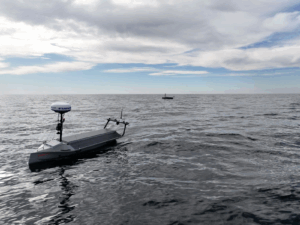 Navy/USMC
Navy/USMCSeasats Inks Deal With Aussie Firm To Resell USVs In Region
Unmanned surface vessel (USV) developer Seasats on Wednesday announced a formal agreement with Australian firm Elysium EPL, making it the exclusive reseller of their platforms in Australia and New Zealand. […]
Tagged in: -
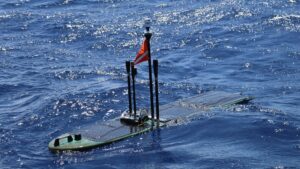 Navy/USMC
Navy/USMCBoeing’s Wave Glider USVs Mark 3 Million Miles
Boeing [BA] this week boasted that its Wave Glider unmanned surface vessels (USVs) have traveled a combined total of more than three million nautical miles on various worldwide missions. Wave […]
Tagged in: -
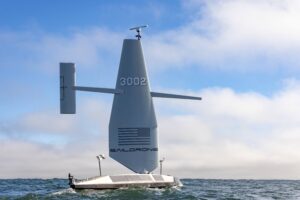 Navy/USMC
Navy/USMCLockheed Martin Invests $50 Million In Saildrone, Plan To Integrate Weapons On USVs
Lockheed Martin [LMT] on Wednesday announced a $50 million investment in maritime drone maker Saildrone, with plans to integrate weapons and other systems onto their unmanned surface vessels (USVs). Work […]
Tagged in: -
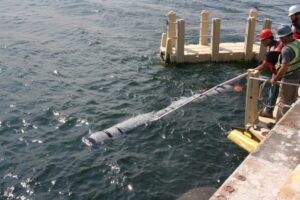 Navy/USMC
Navy/USMCHII Tests REMUS 620 Submarine Torpedo Tube Recovery
HII [HII] this week announced its REMUS 620 unmanned underwater vehicle (UUV) successfully completed its first recovery via a submarine torpedo tube test fixture. The test was conducted by a […]
Tagged in: -
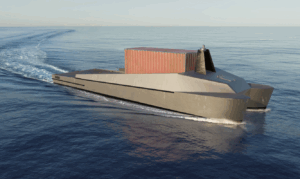 Navy/USMC
Navy/USMCBlackSea Unveils its Medium Unmanned Surface Vessel Bid For U.S. Navy
BlackSea Technologies on Monday unveiled its bid for the latest incarnation of the Navy’s Medium Unmanned Surface Vessel (MUSV), the Modular Attack Surface Craft (MASC), based around its GARC Replicator […]
Tagged in: -
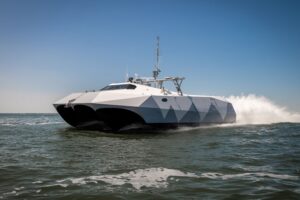 Navy/USMC
Navy/USMCNavy Tests New Autonomous Launching And Recovery Of Small Boats, USVs
The Navy recently announced it has started testing a promising technology from Israel’s Sealartec to autonomously launch and recover small boats via a technology testing platform vessel. It tested the […]
Tagged in:
